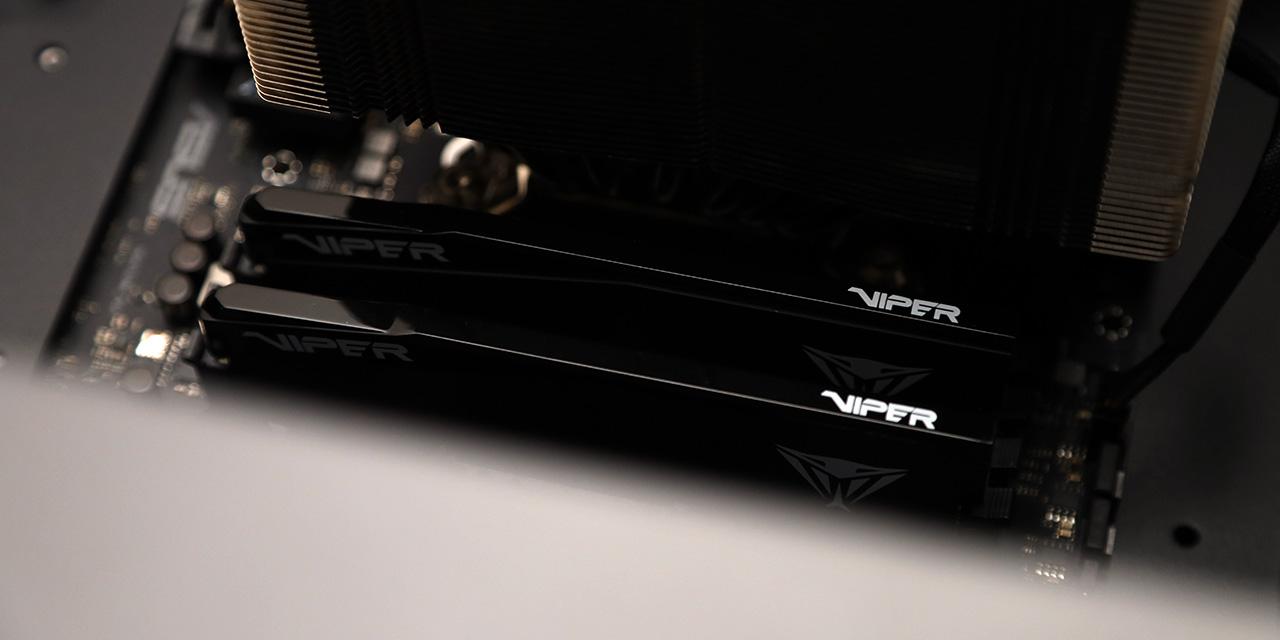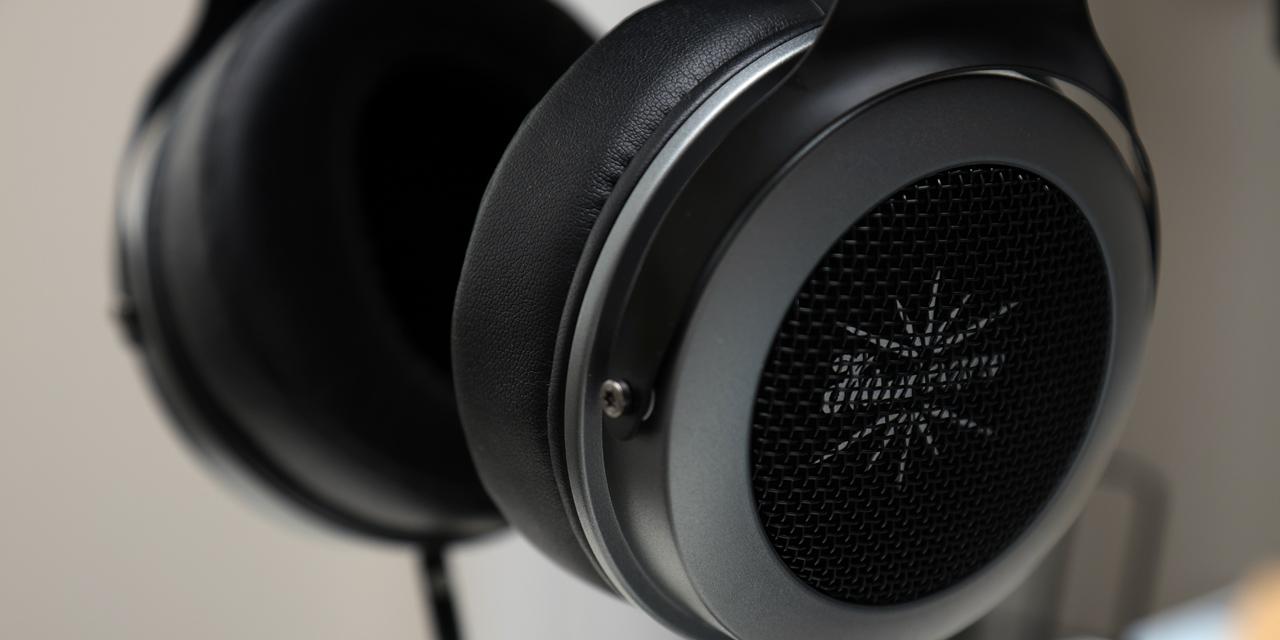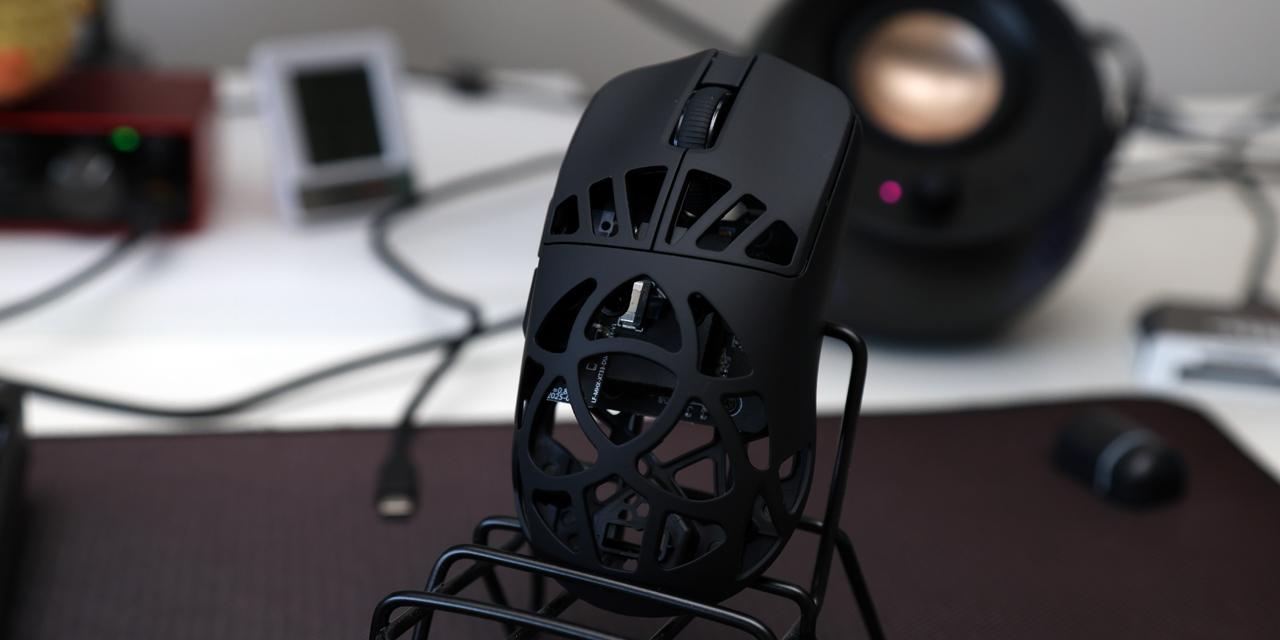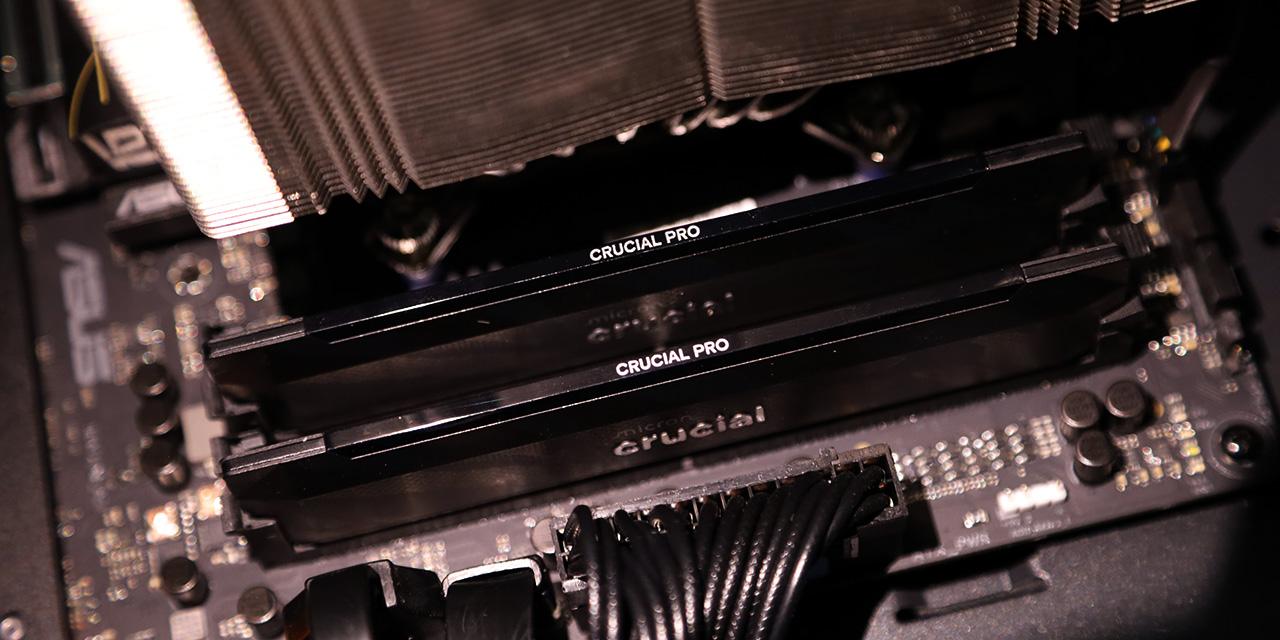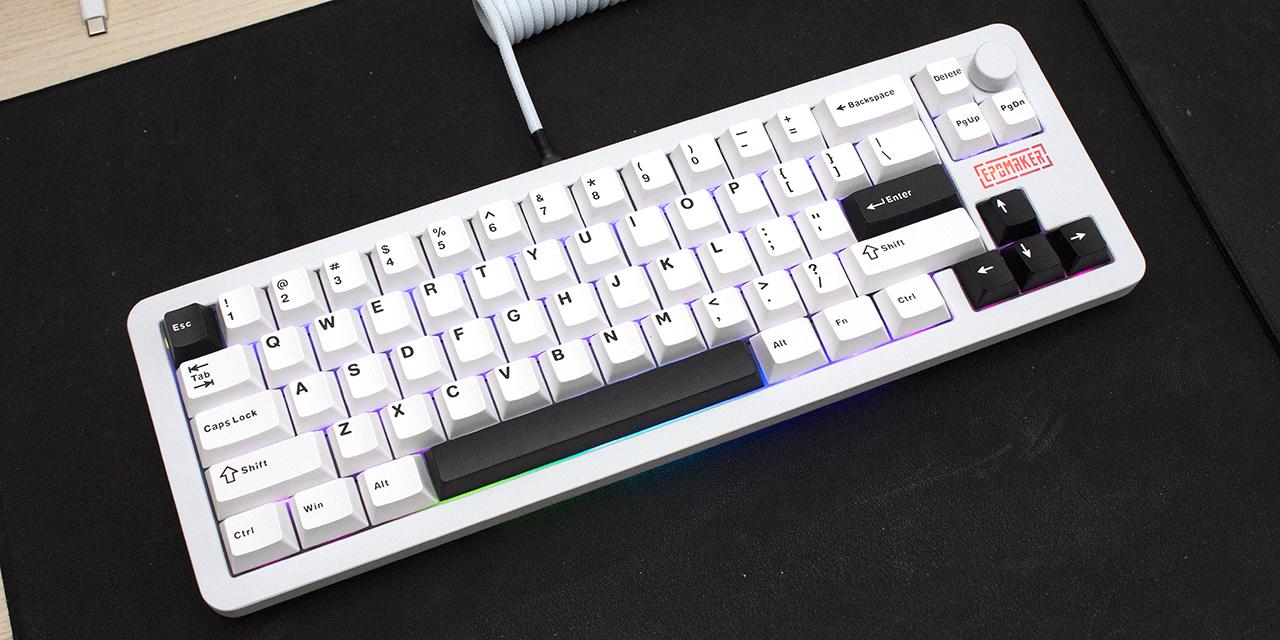Page 2 - Physical Look - Hardware

The Cooler Master Hyper 212 Pro we have is in black with ARGB fans, which is the only color option for this version of the Hyper 212. However, there is the Cooler Master Hyper 212 Black, which is nearly identical to the Hyper 212 Pro. The only differences I noticed are the top plate cover design and the use of an ARGB fan. The top plate that protects the heatsink fins has a matte black finish with glossy black text in different font sizes and orientations. The all-black design is then contrasted with the white Cooler Master logo at the center of the plate.
Additionally, we have previously reviewed the Hyper 212 EVO, Hyper 212 EVO V2, and Hyper 212 Halo White.

Considering the dimensions of the Hyper 212 Pro, it falls into the common category of 120mm coolers, which should fit in most mid-tower ATX cases. It measures 125mm in length, 74mm in width, and 152mm in height including the fan. After a few attempts, I counted there to be fifty aluminum fins. They are mostly separated by 2mm from each other with some slight deviations. I calculated the total surface area of the fins to be about 0.52m2 with some rough measurements, ignoring the thickness. Looking between the fins, there are eight optimally spaced heat pipes passing through all of them. There are actually only four pipes, but its U-shape effectively makes it eight pipes. Fan mounting clips are used to attach the fan to the heatsink, which is a simple and cost-effective method many CPU air coolers utilize. The weight of the Hyper 212 Pro including the fan is about 608g according to my scale. Without the fan, it comes in at 434g.
The Cooler Master Hyper 212 Pro is made out of aluminum. It could be argued making the heatsink out of copper would lead to better thermal performance due to the thermal conductivity of pure copper being 401W/mK compared to pure aluminum's 237W/mK. However, despite the thermal conductivity of copper being nearly double that of aluminum, copper heatsinks are almost nonexistent in the CPU air cooler market. The reason for this is because aluminum makes more sense from a practical standpoint. Aluminum is lighter, cheaper, and easier to manufacture. CPU air coolers must remain cheap to stay competitive with the existence of more powerful and efficient water coolers.

As for the fan used, the Hyper 212 Pro utilizes the Cooler Master SickleFlow Edge 120 ARGB. This 7-blade PWM fan is rated to have a maximum airflow of 70.7 CFM and a maximum air pressure of 3.61 mmH₂O. The dimensions are 120mm in length, 120mm in width, and 25mm in height. For the internal spinning mechanism, the fan uses Cooler Master's loop dynamic bearing, which has an oil reflow system that reduces friction, vibration, and sound. This design results in an expected lifespan of at least 160,000 hours. The maximum sound produced is rated to be 32.8dBA, which equates to a volume a bit louder than whispering. Lastly, the fan has a 3-pin ARGB connector to allow users to change the fan LED color and pattern through your favorite motherboard ARGB controller software.

Examining the bare contact plate of the Hyper 212 Pro reveals a direct contact design with exposed copper heat pipes. Although this design looks cheaper compared to a solid metal base, it has a thermal performance advantage. Solid copper has a thermal conductivity of 401W/mK, while the thermal conductivity of heat pipes can range from the thousands to hundreds of thousands. Therefore, by exposing the heat pipes directly to the CPU it creates better thermal conductivity. However, the downside of this design is the uneven contact surface between the CPU and the heat pipes. The contact plate of the Hyper 212 Pro also lacks nickel plating, which can be used to enhance corrosion protection.
Page Index
1. Introduction, Packaging, Specifications
2. Physical Look - Hardware
3. Installation and Test Results
4. Conclusion
